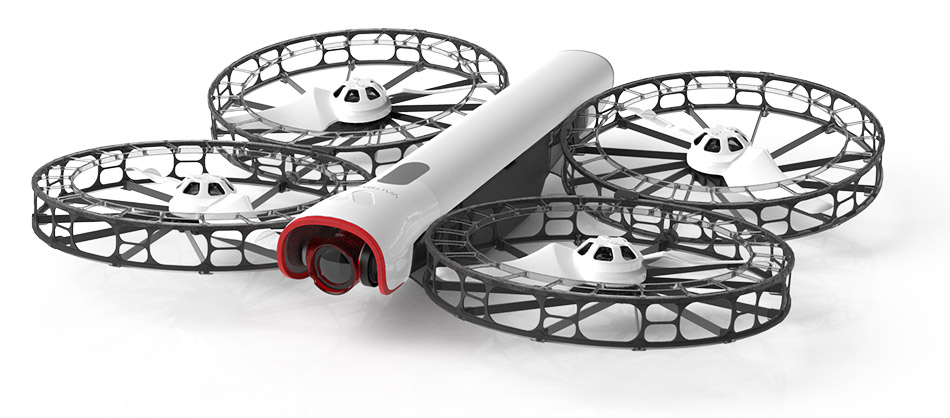How Hogan Lovells got CNN a first-of-its-kind drone waiver

Image from Vantage Robotics.
CNN has received a first-of-its-kind waiver to fly drones over populated areas.
The Federal Aviation Administration issued the waiver in October, which will allow the media organization to fly drones, or “unmanned aircraft systems,” up to 150 feet above ground.
“This is a big step forward for the industry as a whole,” says Lisa Ellman, a partner at Hogan Lovells in Washington D.C, the firm that represented CNN.
The two-year process included researching various types of drones that could meet safety and performance specifications, collecting data on such drones and creating a new standard for the FAA to consider waivers to their policy called the “reasonableness approach,” which “look[s] at the whole package of factors,” according to Ellman.
She explains that previously the FAA had only considered waivers by looking at the potential risk of harm to people if the drone were to hit someone.
CNN’s application included express use of the Snap UAS by Vantage Robotics, a 1.37-pound drone. Vantage CEO, Tobin Fisher, said in a press release they “created the Snap for the purpose of safely capturing aerial video over people.” The drone is designed to break apart on impact and its rotors are not exposed.
These safety features plus pilot training standards and CNN’s safety history were all factors included in the reasonableness approach.
“The Reasonableness Approach … is precedent-setting and of significant importance to the commercial UAS industry,” said Emily Avant, senior counsel for CNN, in the release.
In 2015, CNN became one of the first three industry “Pathfinders,” an FAA designation that allows the company to explore drone use in news reporting. In 2016, CNN received a different first-of-its-kind waiver that allowed it to fly tethered drones no higher than 21 feet, according to Ellman. She says this was of “little operational help” because CNN’s drones needed to be at least 16 feet off the ground.
As for the most recent waiver, Ellman, whose legal practice is “100 percent drones,” says that in the short term, this should open the door for other companies to get the same type of waiver.
More long-term, she is hopeful that the FAA’s waiver and acceptance of the reasonableness standard will be turned into a broader policy. “The whole industry wants a rule” that allows drones to fly over people, she says.
See also:
ABA Journal: “Navigating drone laws has become a growing and lucrative legal niche”



